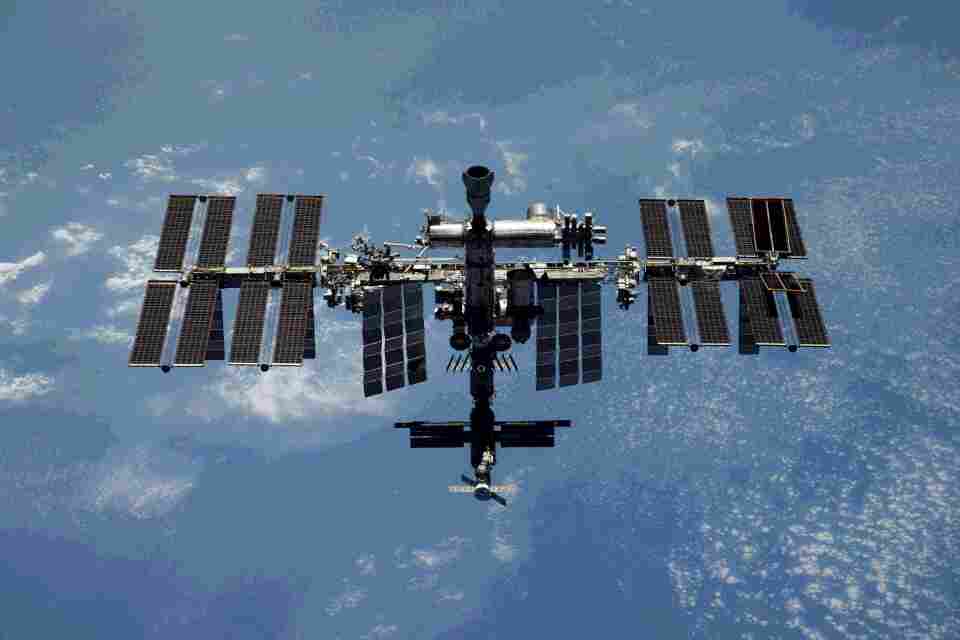Technology
Satellite blown up by Russia forces Nasa to SWERVE the ISS to avoid debris

THE INTERNATIONAL Space Station had to swerve to avoid a piece of Russian space debris over the weekend.
According to CBS space reporter William Harwood, the ISS required a “reboost manoeuvre” on Saturday morning.
ReutersThe ISS orbits roughly 250 miles above Earth[/caption]
The last-minute sidestep was to avoid a possible collision to debris left behind by a space missile test conducted by Russia last year.
It’s the latest in a series of incidents in which space debris has forced astronauts to respond.
Calls to monitor and regulate space debris, or space junk, have grown since Russia conducted the anti-satellite missile test in November.
The blast generated a debris field in orbit that U.S. officials said would pose a hazard to space activities for years.
Read more about space
“The ISS astronauts were told this afternoon a reboost maneuver is being planned for Saturday morning,” Harwood tweeted.
He added that the change of direction was intended to “improve downstream trajectory planning and to avoid a possible close encounter with a piece of debris from the Russian ASAT.”
Space debris consists of discarded launch vehicles or parts of a spacecraft that float around in space.
The amount of junk in Earth’s orbit is on the rise. Each piece risks colliding with satellites or the ISS.
Most read in News Tech
Nasa and Roscosmos remain silent on Saturday’s last-ditch direction change. The Sun has reached out to Nasa for comment.
Speaking about the emergency manoeuvre, space expert Daniel Porras the scale of the Russian debris problem.
“Once again, debris from the Russian ASAT test will come sufficiently close to the ISS to warrant a manoeuvre,” tweeted Porras, who works with the Secure World Foundation, a group dedicated to increasing cooperation between spacefaring nations.
“That means the debris is coming within a safety “pizza box” that measures 50kmX50kmX1km.”
It’s one of a number of close-shaves that the orbiting space lab has had with debris in recent months.
On December 3, the ISS had to swerve away from a fragment of a U.S. rocket launched in 1994.
Days earlier, space debris had forced Nasa to postpone a spacewalk to replace a faulty antenna on the ISS.
In November, the ISS performed a brief manoeuvre to dodge a fragment of a defunct Chinese satellite.
Concerns have been raised by experts over the amount of junk now clogging Earth’s orbit.
Writing in the Financial Times last year, former NATO Secretary General Anders Fogh Rasmussen said Russia’s destruction of the satellite in November risked turning space into a junkyard.
Read More on The Sun
“Unless we change course, the opportunities of space to improve our lives on Earth could be closed off for generations,” he wrote.
Nasa later confirmed that the November test doubled the debris risk to the ISS.
Read all the latest Phones & Gadgets newsKeep up-to-date on Apple storiesGet the latest on Facebook, WhatsApp and Instagram
We pay for your stories! Do you have a story for The Sun Online Tech & Science team? Email us at tech@the-sun.co.uk